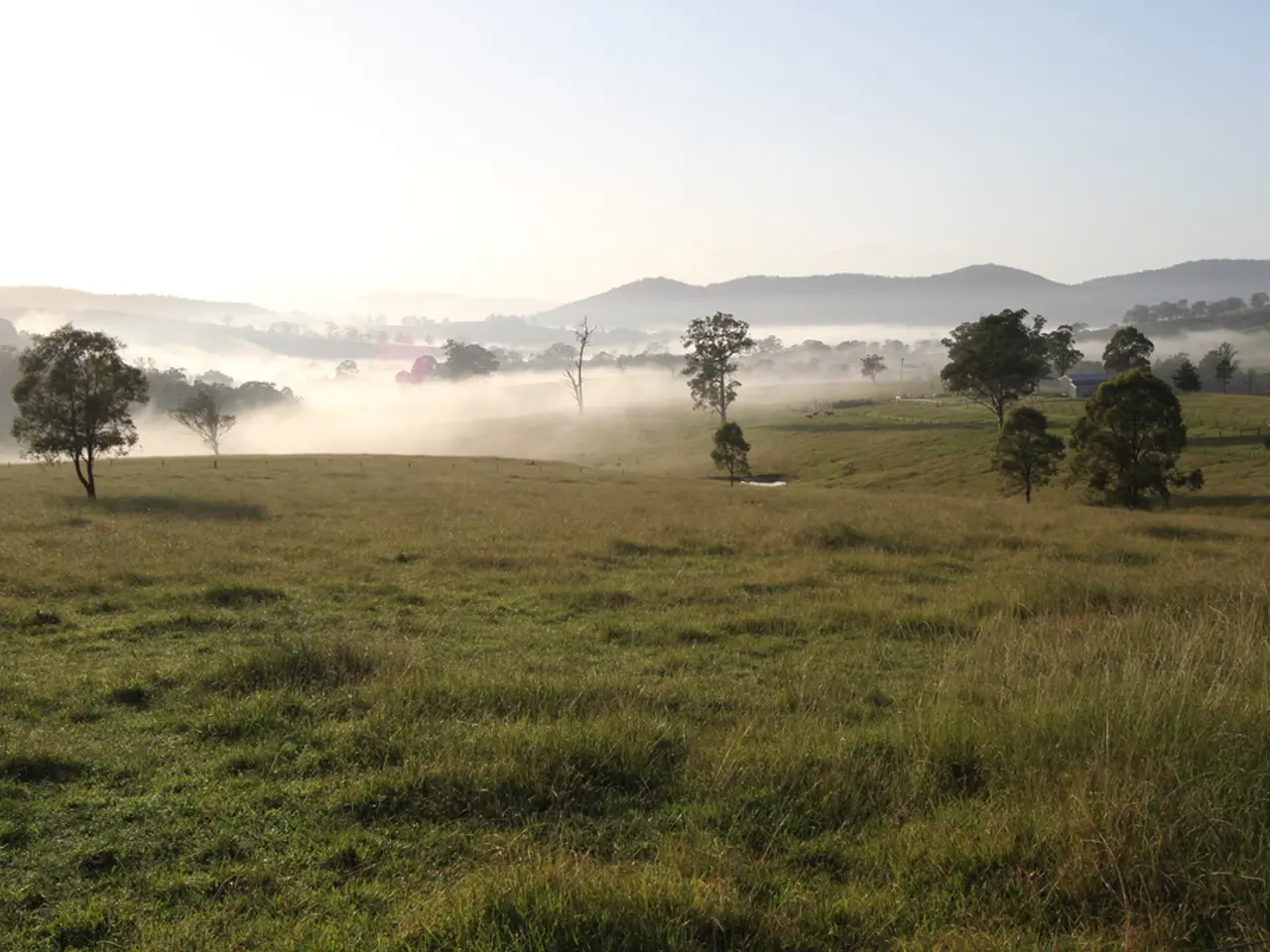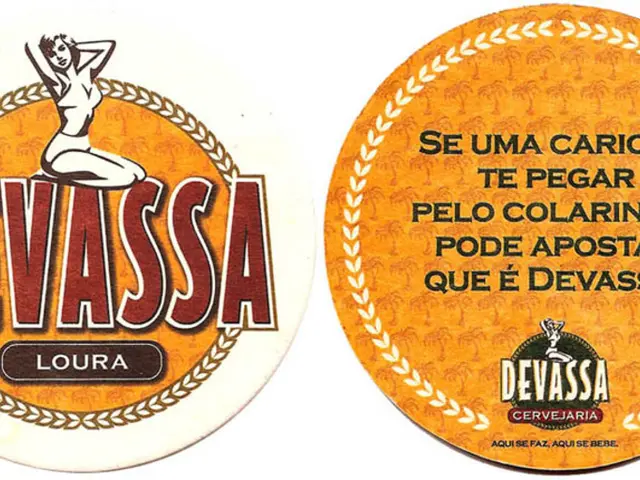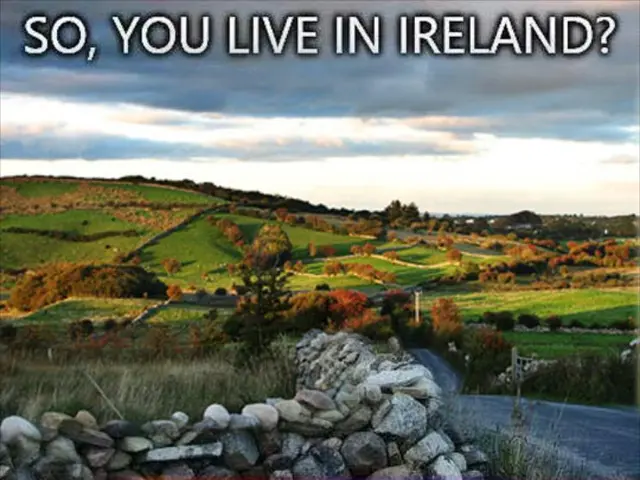Landscape Fabric vs Geotextile Comparison
In the realm of civil engineering, landscaping, and gardening, two essential materials have emerged as game-changers: geotextiles and landscape fabrics. These technical fabrics serve distinct purposes and are integral to various projects.
Geotextiles, primarily technical fabrics, are used extensively in civil engineering and landscaping for soil stabilization, filtration, separation, and drainage. They find their way into road construction, landscaping projects, embankments, and drainage systems, enhancing the structural integrity of these projects.
On the other hand, landscape fabrics are designed with a focus on plant protection, weed control, and aesthetic ground covering in gardens. They are the perfect choice for reducing weeds, preventing soil erosion, and enhancing the look of outdoor spaces using mulch.
Geotextiles come in three different types: woven, non-woven, and knitted geotextiles. Woven geotextile, made from yarn, is primarily used to prevent erosion, improve drainage, and maintain soil stability. Knitted geotextile, created from loops of yarn interlocked into a tight, knitted weave, is highly durable. Non-woven geotextile is made from bonded filament yarn or short staple fiber and is 3mm thick. Thermal-bonded woven geotextiles are about 5-1 mm thick.
Landscape fabric, a solid sheet of woven or non-woven polyester fibres, is the best choice for gardening and landscaping applications. It is porous and allows water, air, and nutrients to flow into the soil. Perforated landscape fabric, with pre-cut holes for plants to grow through, is best used for gardening, particularly for vegetable gardens or flower beds. Spun landscape fabric, made from bonded polyester fibers, is durable, thick, and resistant to tearing. It's best used for hardscaping and areas with persistent weeds and invasive plants.
Perforated landscape fabric is thin and more vulnerable to tearing but is lightweight and easy to replace. Non-woven landscaping fabric is non-permeable and is primarily used for large-scale hardscaping under stone pavers. Woven landscape fabric is the most common type, made from woven polypropylene and durable yet permeable.
Landscape fabric is also used to prevent soil erosion, improve the look of outdoor spaces, and define specific yard areas. Its perforations allow light, air, and water to pass through the soil, ensuring the health of the plants while maintaining its intended purpose.
Whether you're embarking on a civil engineering project or beautifying your garden, geotextiles and landscape fabrics offer invaluable benefits. These materials can be purchased at local gardening supplies stores or online, making them accessible for all your project needs.




